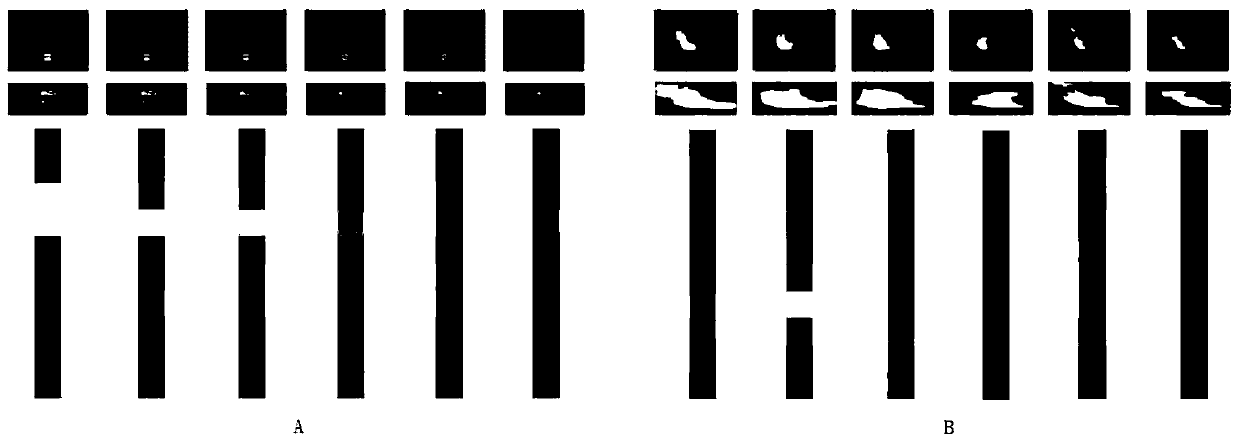A flame recognition method based on low-rank analysis
A flame recognition and flame image technology, applied in the field of flame recognition, can solve problems such as difficulty and high flame material requirements, and achieve the effect of removing interference, saving time, reducing economic losses and casualties
- Summary
- Abstract
- Description
- Claims
- Application Information
AI Technical Summary
Problems solved by technology
Method used
Image
Examples
Embodiment Construction
[0054] The present invention will be further described in detail below in conjunction with specific embodiments.
[0055] The present invention will be further described in detail below in conjunction with embodiments, but the present invention is not limited to the given.
[0056] A flame recognition method based on low-rank analysis includes the following steps,
[0057] Step 1: Collection of video images;
[0058] The experimental image acquisition adopts the industrial ccd model: acA640-300gm, the resolution is 640x 480, the interface is GIGE Gigabit Ethernet, the PC platform is: intel i7windows x64, the programming environment is: Matlab R2010a, sample 1 is the flame when a fire occurs Image collection, denoted as ω 1 ; Sample 2 is the image collection with incandescent lamp interference, denoted as ω 0 , Sample one and sample two images each 1800, such as figure 1 As shown, the first row is the original image, the second row is the extracted circumscribed rectangular area, and t...
PUM
 Login to View More
Login to View More Abstract
Description
Claims
Application Information
 Login to View More
Login to View More - R&D
- Intellectual Property
- Life Sciences
- Materials
- Tech Scout
- Unparalleled Data Quality
- Higher Quality Content
- 60% Fewer Hallucinations
Browse by: Latest US Patents, China's latest patents, Technical Efficacy Thesaurus, Application Domain, Technology Topic, Popular Technical Reports.
© 2025 PatSnap. All rights reserved.Legal|Privacy policy|Modern Slavery Act Transparency Statement|Sitemap|About US| Contact US: help@patsnap.com



